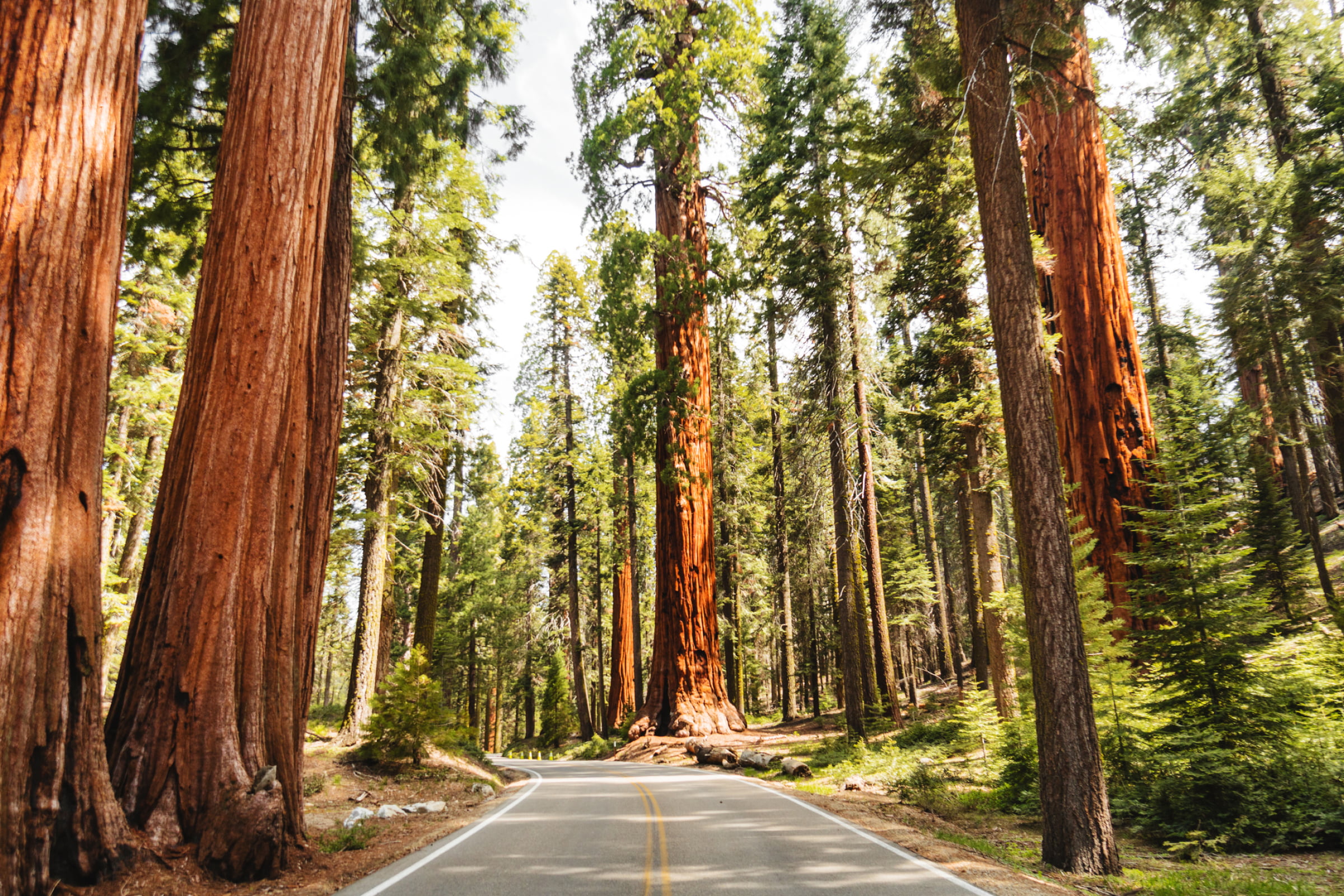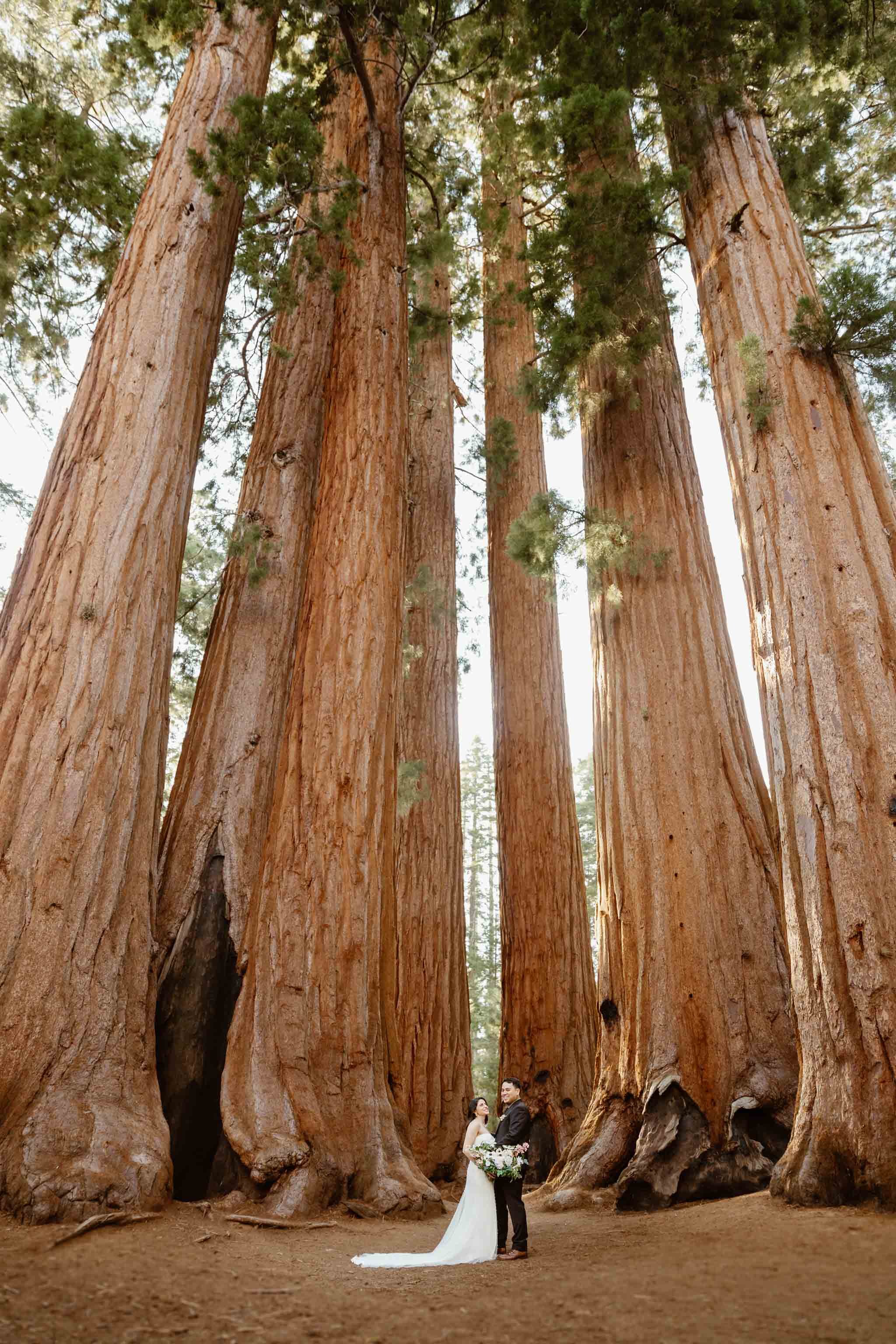Sequoia National Park Hours-- When to Visit This Iconic Location
Sequoia National Park Hours-- When to Visit This Iconic Location
Blog Article
Discover the Diverse Wild Animals Habitats Within Sequoia National Park
Sequoia National Park is an environmental prize, showcasing an excellent range of wild animals habitats that add to its rich biodiversity. From the stunning large sequoia forests to the diverse alpine meadows, each atmosphere plays a critical duty in sustaining various varieties, consisting of both typical and rare animals. The interplay of these habitats not just fosters a special environment however additionally underscores the relevance of preservation efforts in preserving this equilibrium. As we take a look at the specific characteristics of these habitats, fascinating concerns occur concerning the interconnectedness of life within this impressive landscape.
Introduction of Sequoia National Park
Sequoia National forest, snuggled in the southerly Sierra Nevada chain of mountains of The golden state, is renowned for its breathtaking landscapes and towering gigantic sequoias. Developed in 1890, it is among the earliest national forests in the USA, dedicated to maintaining the natural beauty and eco-friendly integrity of this distinct region. The park includes over 404,000 acres of varied terrain, featuring marvelous hills, deep canyons, and lush fields.

Visitors can discover many hiking routes, varying from leisurely walks to challenging backcountry routes, each supplying an one-of-a-kind point of view of the park's grandeur. With its mix of natural wonders and leisure possibilities, Sequoia National forest acts as an essential haven for both wildlife and those seeking to link with nature.

Major Wild Animals Environments
The diverse landscapes of Sequoia National forest develop a mosaic of wild animals habitats that support a rich selection of varieties. These habitats range from lush fields and thick forests to rough towering zones and expansive river valleys, each giving unique environmental niches.
One prominent environment is the huge sequoia forest, defined by looming trees and a rich understory, which supports different animals, birds, and insects. The combined conifer forests, composed of types such as sugar want and white fir, offer extra shelter and food sources for wild animals.
Meadows and grasslands play an essential duty in the park's communities, serving as important foraging premises for herbivores like deer and small animals. These open areas likewise bring in varied bird varieties, particularly during migration periods.
The park's higher altitudes feature towering environments, where conditions are severe and varieties are adjusted to endure in such extremes (Sequoia National Park hour). Here, one can discover unique plants and fauna that prosper in rough, cold atmospheres
Vegetation and Animal Diversity
Within the diverse ecosystems of Sequoia National Park, a remarkable array of plants and animals coexists, showcasing the elaborate connections that maintain the park's biodiversity. The park is home to over 1,300 plant varieties, including the legendary huge sequoias, which are among the biggest and oldest trees in the world. These magnificent trees supply vital habitat and food sources for different wild animals, cultivating a complicated internet of ecological interactions.
Animal species in Sequoia National forest are just as diverse, with habitats ranging from lowland foothills to high towering settings. Creatures such as black bears, mule deer, and bobcats thrive in this rich ecological community, while bird species, including the stunning golden eagle and the evasive seen owl, poise the skies. Amphibians and reptiles, like the Sierra amphibian and the western rattlesnake, likewise play crucial functions in keeping ecological equilibrium.
The park's distinct combination of elevation gradients and microclimates supports these different types, highlighting the relevance of preserving the all-natural habitats that permit such an abundant tapestry of life to grow. Recognizing this diversity is crucial for appreciating the environmental relevance of Sequoia National forest.
Conservation Initiatives in the Park
Preservation initiatives in Sequoia National Park play an essential role in securing its distinct environments and the diverse types that inhabit them. The park uses a complex strategy, including environment repair, types keeping track of, and intrusive species management. These campaigns are crucial for maintaining the delicate equilibrium of the park's environments, that include gigantic sequoias, fields, and alpine environments.
Energetic remediation jobs concentrate on reestablishing native plant communities and fixing up abject habitats. Sequoia National Park hour. This is specifically important in areas influenced by human task or all-natural disturbances such as wildfires. The park's biologists carry out regular tracking of key species, including the jeopardized Sierra Nevada bighorn lamb, to assess populace health and wellness and notify monitoring methods
Intrusive types posture a substantial hazard to the park's biodiversity. Via these thorough campaigns, Sequoia National Park makes every effort to secure its rich natural heritage for future generations while guaranteeing the resilience of its diverse wildlife environments.
Tips for Wild Animals Observation
Observing wild animals in Sequoia National Park uses an unique opportunity to connect with nature and value the varied types that flourish in this remarkable environment. To maximize your wildlife monitoring experience, think about a number of important ideas.
To start with, strategy your check out during very early morning or late afternoon, as these times are most active for several animals. Bring binoculars to observe wild animals from a risk-free distance without disturbing their natural behavior. In addition, familiarize yourself with the species you want to see; understanding their behaviors and habitats can boost your opportunities of detecting them.
Persistence is important; wildlife observation typically requires waiting silently and basics being aware of your environments. Remain on assigned routes to minimize your effect on the community and guarantee your safety and security. It is also suggested to maintain a considerate distance from animals, avoiding any kind of actions that might stress them or disrupt their atmosphere.
Last but not least, think about joining assisted tours led by well-informed park rangers. These specialists can offer useful understandings and boost your opportunities of witnessing wildlife in their all-natural settings. By complying with these pointers, you can enrich your experience and add to the conservation of Sequoia's wild animals.

Conclusion
Sequoia National forest functions as an important sanctuary for diverse wildlife, showcasing a remarkable selection of habitats that sustain many types. The interplay in between huge sequoia woodlands, combined conifer woodlands, meadows, and towering regions cultivates a rich environmental tapestry. Recurring conservation initiatives are vital for maintaining these habitats and the distinct vegetation and fauna that populate them. Ultimately, the park's biodiversity emphasizes the relevance of keeping such all-natural landscapes for future generations.
Please visit one of our local supporters - Wholesale Liquidation Pallet Iphone 14 Pro Max
Report this page